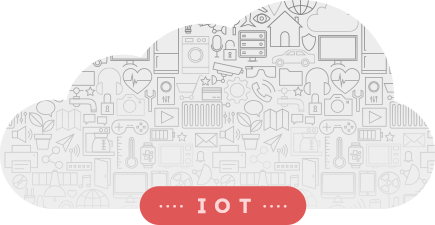Assets and the Internet of Things
The IoT has a place in strategic asset management for utilities. For now, the “things” can deliver richer data for analysis. In the future IoT will help orchestrate management of distributed energy resources.

IoT has received a lot of attention in today’s hyper-connected world. IoT is defined by IDC as “a network of networks of uniquely identifiable endpoints (or things) that communicate without human interaction using IP connectivity.” IoT systems and solutions comprise several elements:
- connectivity
- hardware (devices, sensors, communication hubs/controllers, tags)
- servers and other hardware
- storage
- analytics
- IoT application software
- IoT purpose-built platform
- security and services
In the context of utilities, IoT is typically associated with energy management and services for customers of utilities (e.g. building automation, smart meters, smart thermostats, smart appliances, electric vehicle charging stations), but is now finding its way into use in plant and grid operations (distribution line sensors, phasor measurement units, smart meters, smart equipment, smart pipeline pigs).
The IoT has a place in strategic asset management for utilities. For now, that place is in securely delivering data from IP enabled equipment and sensors. For example, condition sensors provide useful information about the operating characteristics of equipment (e.g. temperature, vibration, power usage, corrosion, line sag, voltage, amperage, flow) that can be used to predict potential asset failures and determine the best action to take, based on company objectives. Another example is the use of sensors in trucks to detect fuel consumption to assess fuel efficiency and wear and tear on truck fleets.
IoT will be deployed in the future to support edge computing as complexity increases. IDC Energy Insights defines edge computing as the redistribution of computing power in the smart grid from central datacenters to smart devices that are increasingly located closer to the edge device. The technologies are developing to better manage the growing volumes of data that needs to be shared and processed more quickly, and with a minimum of latency, in order to effect better decision making. There is some promising work on theft detection, high impedance detection, and outage detection. It is not too much of a stretch to imagine that there will be edge computing applications for managing a grid with distributed energy resources in the future thereby taking advantage of smart meter, smart inverter data, and/or smart transformer demand and voltage management.